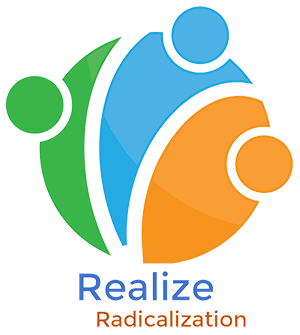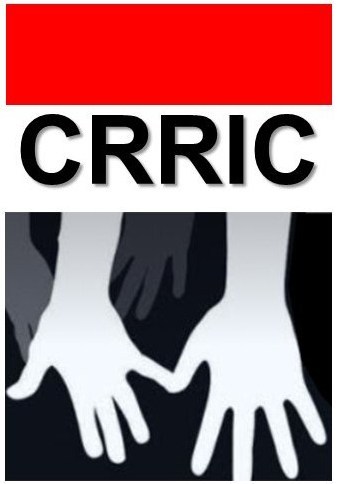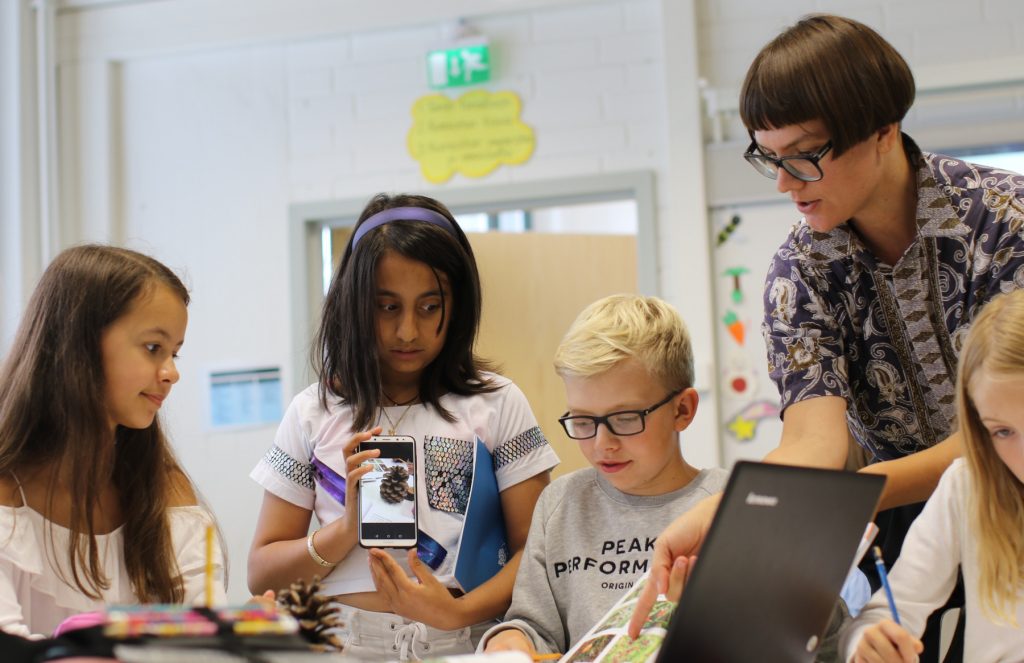National policy of the development of the media: A Finnish perspective
Finland is known to be one of the most developed countries in the world. With a high-quality style of life, a democratic system, and a solid political position, Finland occupies high places in world rankings as a peaceful country. The country follows the same tendency in its media policy – according to recent studies, Finland is considered the most media-literate country in Europe. In the ranking of media literacy 2023, Finland places 1st position, leaving behind such developed countries as Denmark, Norway, Estonia, and more than 40 others.
Being the most media literate country, Finland also succeeded in another ranking – non-governmental organization Reporters Without Borders placed Finland in 5th position (from 180) in the global scale of freedom of media worldwide. Finnish media is described as free and could be a standard for many other countries. However, even with such results, a position was also explained: “State secrecy lawsuits against Finland’s leading newspaper have created a climate of uncertainty in the profession.” So how Finnish media are developing, and what helps Finland to maintain its media literacy at such an undoubtedly high level?
The development of media literacy in Finland is a crucial task for its government. Year after year, authorities are adopting new policies and laws to improve the current state of media in the country. For instance, in 2019, the Ministry of Education and Culture published the media literacy policy and the national media education policy document, which describes the main ways for implementing new ideas in the cultural policy guidelines for media literacy. As it is explained in the paper, “The need to update the policy arose from the changes that have taken place in media culture and the broader than before target groups of media education in particular. The Program of the Government also highlights the need for media skills for all age groups, from children to seniors”. As a result, Finland aims to make media education comprehensive, high-quality, and systematic.
The document defines the main problems and drawbacks in the Finnish media literacy system, as well as new ways for improvement. For example, the Department for Art and Cultural Policy of the Ministry of Education and Culture is planning to allocate development funds for media education. The Ministry of Justice also aims to increase the awareness of authorities, political parties, media, and citizens of inappropriate influencing of voters and in identifying it.
A separate key role for Finnish media literacy is also dedicated to The National Audiovisual Institute KAVI – the only party with a statutory duty to promote media education in Finland. For example, they offer consultation on preparing various free-of-charge media education plans. The National Audiovisual Institute promotes media education by training professionals in different sectors, such as central government employees.
Moreover, on their website, KAVI also allows users to participate in Media Literacy School, where everyone can find information on media education, media literacy, media culture, and a wealth of teaching and learning resources. Here, all lessons are free and divided into lectures. What is more important is that all resources are structured in separate sections according to the age of the users. KAVI is also responsible for many other educational projects on media literacy. Thus, in cooperation with other institutes, the organization develops cyber safety programming skills policies and keeps blogs that bring up topical themes relating to media education.
Also, it is worth mentioning that media literacy is integral to civics education in Finnish schools. Moreover, such media literacy policy is also implemented in everyday school practice. For instance, journalist Jon Henley explains: “In Math lessons … pupils learn how easy it is to lie with statistics. In art, they see how an image’s meaning can be manipulated. In history, they analyze notable propaganda campaigns, while Finnish language teachers work with them on how words can be used to confuse, mislead, and deceive”.
Not the least important part of the state of media in the country is the Union of Journalists. Functioning for over a hundred years, the organization protects the rights of media workers and advocates for decent salaries and working conditions for them. In addition, the Union has a particular task: to preserve freedom of the press and speech in Finland and internationally. They cooperate with foreign and international journalistic associations to support colleagues worldwide.
In conclusion, it is no wonder that having such a wide range of tools for implementing media literacy in real life, Finland, year by year, occupies top positions in world rankings on media literacy and freedom of media. Aimed to build a developed and protected society from the early ages, the government supports modern and practical societal tendencies. It has been reflected in qualitative results that Finland gets in different world rankings.





